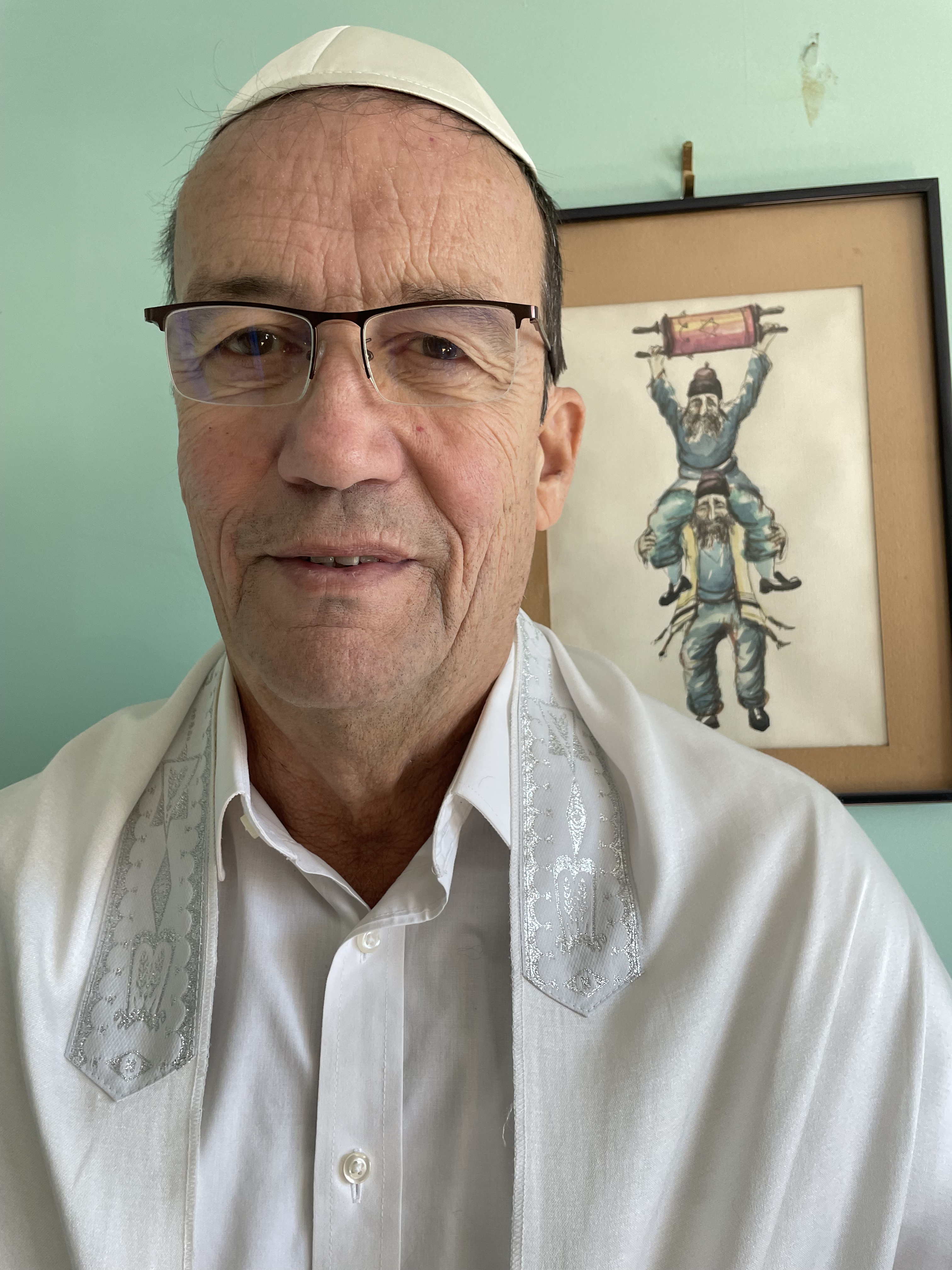JEWISH WEDDING
A traditional Jewish wedding is rich in rituals and symbolism, reflecting the deep spiritual and communal significance of marriage in Jewish life. On this page, you will find the key elements of a typical Jewish wedding ceremony that you can choose from. You don't have to use all of them, and you can add something meaningful and important to you, especially if you are having an interfaith marriage.
My job is to help you choose what will work for you and assemble the most beautiful, meaningful, and unforgettable wedding ceremony.
Here are some elements of Jewish Wedding:
1. The Pre-Wedding Rituals
- Tena'im (Engagement Agreement) – In more traditional circles, a formal document is signed by both families to finalize the engagement.
- Mikvah (Ritual Purification) – The bride (and sometimes the groom) immerses in a mikvah, a ritual bath, symbolizing spiritual purification before marriage.
- Kabbalat Panim (Reception) – Before the ceremony, the bride and groom are celebrated separately. The bride (Kallah) receives guests and well-wishes, while the groom (Chatan) often shares words of Torah.
- Badeken (Veiling of the Bride) – The groom lowers the veil over the bride's face, symbolizing modesty and the recognition of her inner beauty, recalling the biblical story of Jacob and Rachel.
2. The Wedding Ceremony (Chuppah)
- Chuppah (Wedding Canopy) – The couple stands beneath a chuppah, a canopy symbolizing the home they will build together. It is open on all sides, representing hospitality.
- Kiddushin (Betrothal Blessings) – The rabbi recites two blessings over a cup of wine, which the couple drinks, symbolizing joy and sanctity.
- The Ring Exchange – The groom places a plain gold ring on the bride's right index finger, saying: "Behold, you are consecrated to me with this ring according to the laws of Moses and Israel." In some traditions, the bride also gives a ring to the groom.
- Ketubah (Marriage Contract) – The ketubah is read aloud, outlining the groom's responsibilities to his wife. It is then signed by two witnesses.
3. Nissuin (Marriage Blessings & Breaking the Glass)
- Sheva Brachot (Seven Blessings) – These blessings, recited over a cup of wine, praise God for love, joy, and the creation of a new Jewish home.
- Breaking the Glass – The groom (or both partners) breaks a glass underfoot, symbolizing the destruction of the Temple in Jerusalem and reminding the couple of the fragility of life and relationships. Guests shout "Mazel Tov!" in celebration.
The Hora and the Chair Dance
These are two of the most lively and iconic traditions of a Jewish wedding.
The Hora: Joyous Circle Dance
- The Hora is a traditional Jewish dance where guests form a large circle, holding hands and dancing energetically.
- The music is typically upbeat, often featuring the classic song "Hava Nagila" ("Let's Rejoice").
- The bride and groom are placed at the center, with friends and family celebrating around them.
The Chair Dance (Kiseh Dance)
- In the most thrilling part of the Hora, the newlyweds are lifted into the air on chairs by their friends and family.
- They hold onto a napkin or cloth between them as a symbolic connection.
- This tradition represents joy, community, and support, emphasizing that the couple is literally and figuratively "raised" by their loved ones.
For more detailed information about Jewish wedding traditions, visit The Knot's Jewish Wedding Guide.
Multilingual Service Options
To accommodate diverse backgrounds and create a personally meaningful ceremony, I offer wedding services in multiple languages:
- Hebrew - Traditional blessings and prayers
- English - For accessibility and understanding
- Yiddish - Honoring Ashkenazi heritage
- Russian - For couples with Russian backgrounds
Parts of the ceremony can be conducted in any combination of these languages to best reflect your heritage and preferences.

Contact me and we'll start making your dream a reality right now!




